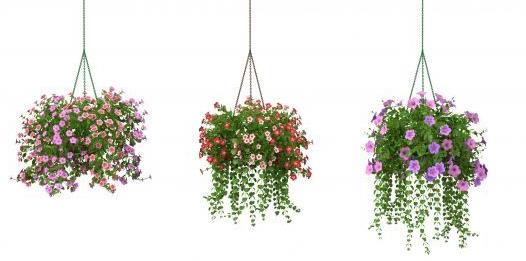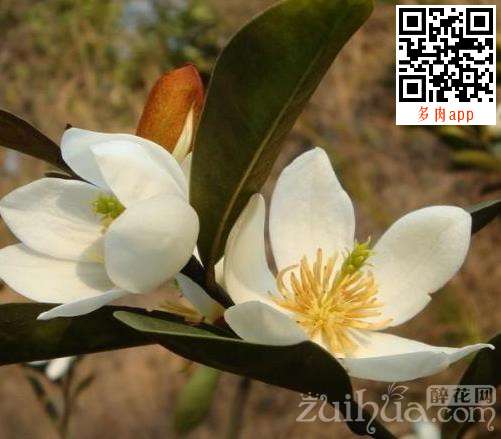Propagation method of primrose
Cuttage Propagation of Primrose
The annual sturdy branches were cut in early spring, or the semi-lignified branches were cut from July to August as cuttings with a length of 8 ~ 10 cm. The leaves at 3 points at the base were removed and tied into a bundle of 20 branches, which were soaked with rooting stimulants, which were generally treated with indoleacetic acid, indolebutyric acid, naphthylacetic acid or rooting powder, dissolved in alcohol (ethanol), and then prepared with distilled water to achieve the desired concentration.
The concentration of rooting stimulation agent solution is 0.01%-0.02%. Put the prepared solution in a container, then put the cuttings upright into the container, soak the base of the cuttings for about 2 cm, soak for 24 hours, and then take out the cuttings and cut them on the prepared cuttings. A shade shed should be built above the bed, and a bow-shaped plastic shed with a height of 60-80 cm should be set up to maintain the temperature and humidity of the bed; the temperature of the bed should be 20-25 ℃ and the humidity is about 80%. The cuttings began to take root three months after cuttage, and the roots developed into seedlings in five months. You can turn the bed and get up the seedlings. Those who take root and grow seedlings are transplanted into containers to cultivate strong seedlings and come out.

[method of reproduction]
Use more cuttings. Select 1-year-old branches, cut them into 15cm length, pour water through the whole seedling bed, and then cut them after water infiltration. It can also be dried, that is, after cutting in the whole seedbed, it can be filled with water. Cutting can be carried out from mid-October to mid-November or in spring. After rooting, it can be planted separately, and it can also be propagated by ramet or striping.
Cultivation and modeling
Yingchun forms flower buds on one-year-old branches and blossoms in the following spring, so all flower branches should be cut short after flower fade every year to promote the growth of more lateral branches, increase the number of flowers, and strengthen fertilizer and water management at the same time.
Diseases and insect pests:
Leaf spot and branch blight often occur in diseases and insect pests, which can be sprayed with 1500 times of 50% bacilli special wettable powder. Insect pests are harmful to aphids and coir moths, which are sprayed with 1000 times of 50% phoxim EC.
The cultivation of senior cadres to welcome the spring
The salmon seedlings with breast diameter above 2cm can be grafted at lm or at a certain height when they germinate in early spring. Yingchun branch Chang 8-l0cm was used as scion for grafting. After that, tie it tightly with thin film, cover it with a plastic bag, and gradually tear the bag into a breathable and ventilated seedling after survival, and pick the heart to promote the extraction of side branches to cultivate the crown.
Suitable range
Native to the subtropical regions of South China and Southwest China, cultivation is very common in the south, can be grown in North China and Henan, and is cultivated and produced in the whole county of Qianling.
Garden use
Spring branches droop, early spring flowers after leaves, golden flowers, green leaves, the garden should be configured in lakeside, stream, bridgehead, wall corner or in lawn, forest edge, slope. It can also be planted around the house for viewing flowers in early spring. Flowers, leaves and twigs can be used as medicine.
[distribution of origin]
Originated in northern China, mainly distributed in North China, Liaoning, Shaanxi, Shandong and other provinces. Primrose is more resistant to cold, like sunshine, drought but not waterlogging. Propagation is mainly divided into plants, striping and cutting. It is often used to decorate flower beds and decorate the courtyard. It is an important early spring flower.
It is often cultivated in various places for ornamental use, and it is also distributed in the provinces of central and northern China.
Leaf medicine, detumescence and detoxification, treatment of swelling, pain, sore, jump injury; flowers can relieve fever and diuresis, treat fever and headache, heat pain in urination. Both leaves and roots contain eugenin and primroside. Propagate with cuttings or strips.
Through the detailed introduction of this article, I hope you can gain something! Welcome to continue to follow the succulent flower bed and learn more about the latest information about woody flowers!
- Prev

The method of water rosemary
Rosemary is a perennial grass plant, native to the Mediterranean, alias for the dew of the sea, a symbol of eternal love. Rosemary has a narrow, tapering mouth, like a mini pine, a slightly pine-like smell, and pale, dipping flowers in spring and summer, often grown as a flower by gardeners.
- Next

How to adjust the acidity and alkalinity of flower culture soil?
The pH of the soil planted with flowers has a great influence on the growth of flowers. Improper pH will seriously hinder the growth and development of flowers, affect the absorption of nutrients, cause the occurrence of some diseases and so on. Most flowers grow well in neutral and acidic (pH5.5~7.0) soil.
Related
- Fuxing push coffee new agricultural production and marketing class: lack of small-scale processing plants
- Jujube rice field leisure farm deep ploughing Yilan for five years to create a space for organic food and play
- Nongyu Farm-A trial of organic papaya for brave women with advanced technology
- Four points for attention in the prevention and control of diseases and insect pests of edible fungi
- How to add nutrient solution to Edible Fungi
- Is there any good way to control edible fungus mites?
- Open Inoculation Technology of Edible Fungi
- Is there any clever way to use fertilizer for edible fungus in winter?
- What agents are used to kill the pathogens of edible fungi in the mushroom shed?
- Rapid drying of Edible Fungi

